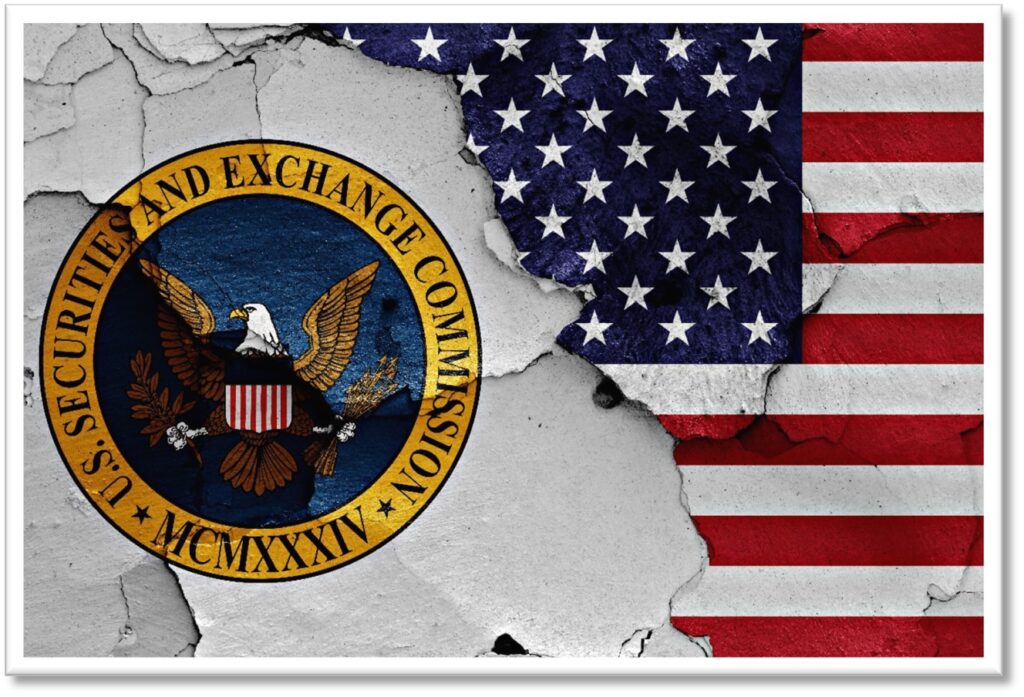The Value of ESG:
SEC’S New Standards Highlight Merits of ESG Programs

ESG (Environmental, Social, Governance) reporting continues to maintain the focus of the investment world, while also being tested by the headwinds of today’s complex world. Specifically, ESG is being tested in regards to the nonuniformity in ESG reporting and accounting, a lack of transparency in materiality assessments, ESG claims vs true action, ESG in light of the war in Ukraine, and finally in the context of SEC’s proposed rulings for climate-related disclosures. Information reported about the value of ESG is quickly sliding into a 2-sided argument – a temptation when we focus on univariate issues for why we should, or should not, continue to prioritize ESG reporting. An alternative solution instead would be to focus on using the reported data and ESG management programs to inform continuous improvement, especially for portfolios of physical assets.
This uncertainty of how to measure and value these metrics is precisely what ESG reporting is trying to address. The world of financial risk is a complex one, and requires disclosure and ongoing metrics to evaluate what is most important to an investor, client, or manager. The SEC and FASB have maintained a long-standing legacy of how to consistently report on financial metrics. Creating consistency in the way that climate risks are evaluated, and more importantly requiring disclosure of climate -related risks, will allow stakeholders to better understand the various risks and opportunities that exist for companies and organizations – an expansion of the financial reporting we are already accustomed to. ESG and sustainability reporting isn’t about requiring certain performance metrics, or meeting carbon emissions targets, those are byproducts of the process. It’s really about incorporating a framework for reporting Environmental, Social and Governance strategies that showcases how an organization is incorporating and planning for ESG-related risks.
Why is this important now?
SEC Proposed Ruling Summary
After over a year and a half of notices, the SEC (Securities and Exchange Commission) has released proposed rules for climate-related disclosures (see summary sheet and announcement). This move comes after a flood of open comment submissions, the evolution of a diverse set of reporting and scoring frameworks (such as GRESB, SASB, TCFD, Science-Based Targets, GRI, CDP, MSCI, Sustainanalytics, Integrated Reporting and more), and significant effort to propose standards that provide broad coverage of all industry types publicly-reported. As a reminder, these focus on the “E” category of environmental risks. The bullets below represent the CliffsNotes of a 490-page document, and more information can be found via the SEC’s fact sheet or website. The gist of the proposed ruling is a rolling set of requirements to standardize financial reporting’s inclusion of climate-related disclosures:
- A report on climate-related risks, their material impact on business and strategy, and insight into the analysis process
- An outline of the governance structure and risk management processes for climate-related risks
- A hyper-focus on tracking and validating carbon emissions data (scope 1 and 2 first, with a rolling timeline of scope 3 disclosure requirements)
- Any information on performance against disclosed emissions goals or stated transition programs
- Detailed information about any scenario planning, carbon pricing, or other models used in identifying climate-related risks and goal-setting
This means that, if approved, the items summarized above would become material information that has to be disclosed on investor documents such as 10-K or 10-R forms, and ran through the same audit processes as current financial disclosures – a major shift for the accounting world, and something to keep a close watch over to see how ESG reporting evolves for the built environment.
Here’s an example
For the built environment, climate change can have a variety of impacts, some of which might be withstanding new and stronger weather events or accommodating new weather patterns for continued occupancy. Having a plan in place that assesses this risk, helps identify the material impact on building tenants and users and their rents, and helps define an appropriate reaction with a clear plan. This allows an investor or manager to better understand how to deal with this potential future impact. The primary driver in this discussion may fall under the Environmental category, but it quickly overlaps with Social practices if a response plan can also address human health risks, accessibility issues, and future usability in the built environment assets covered. The Governance aspects could incorporate a decision-tree for owners and managers, outline board involvement in decision-making, as well as the cadence for ongoing analysis and monitoring, and which stakeholders will be involved in decision-making. This simple example of changing weather patterns, and how that impacts buildings and infrastructure as investment assets, showcases how complex of a world ESG planning and accounting is; and simultaneously illustrates how intimately tied to financial resiliency and investor interests these analyses and programs can be.
In summary, ESG reporting frameworks maturing towards more consistent reporting metrics and risk assessments will help elevate current practices to align with investment-grade information capable of being compared against peers and acted upon methodically. This will be a boon for investors and managers in planning, acting, and receiving recognition for their efforts. A major signal in the US of this pursuit of standardization is the recent SEC proposed ruling for climate-related disclosures.
